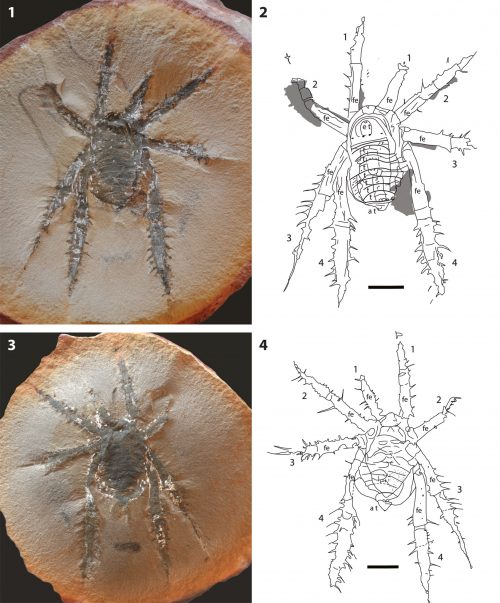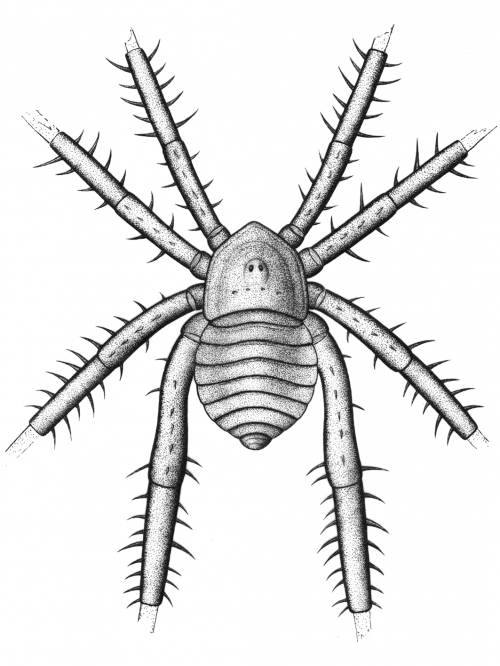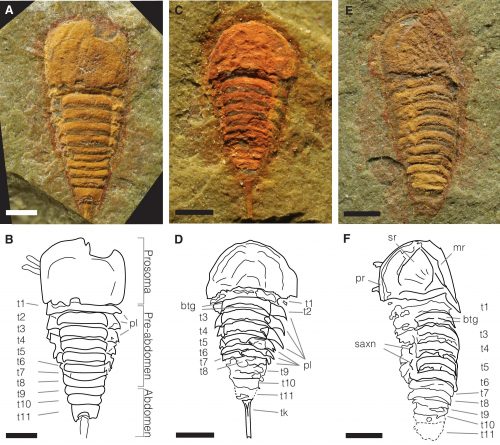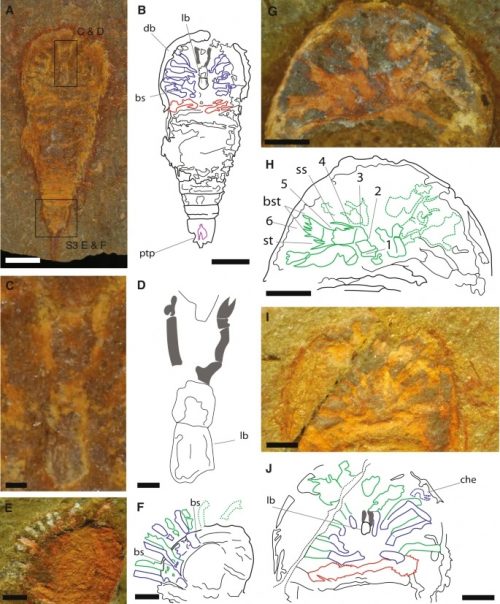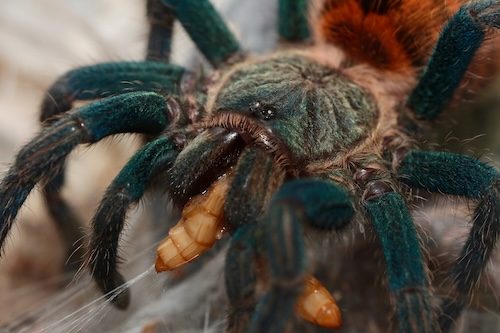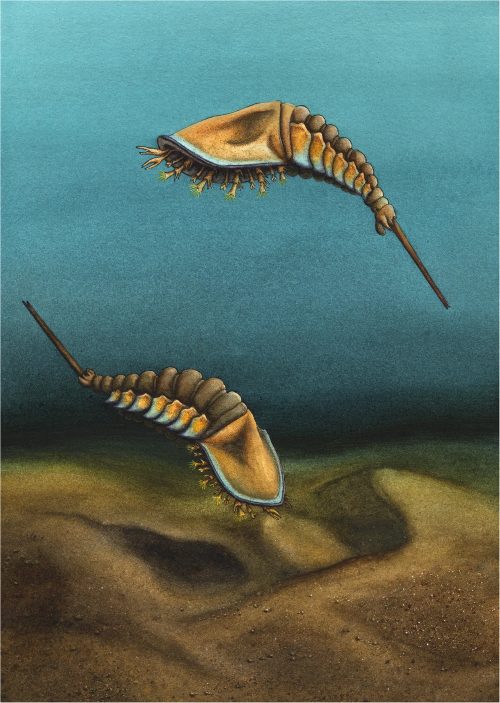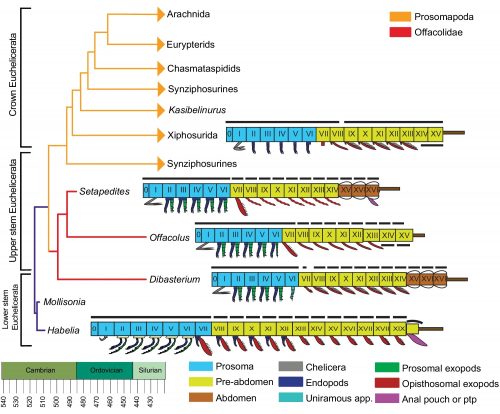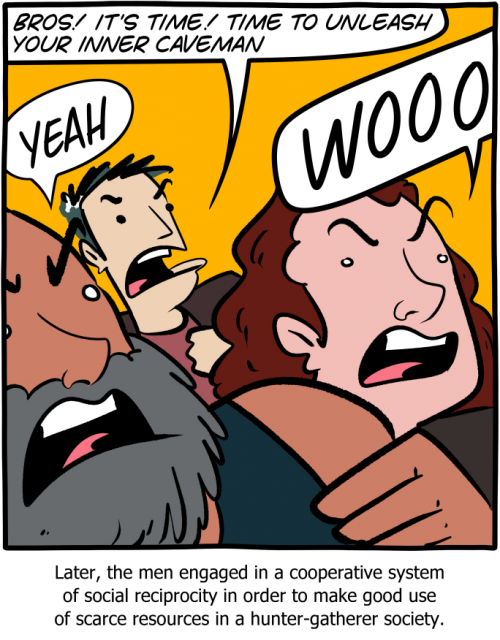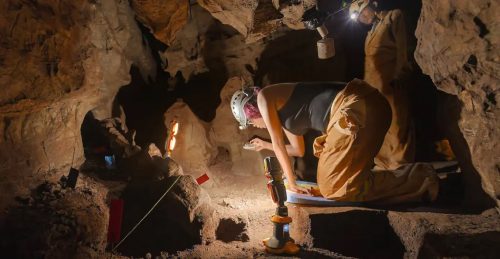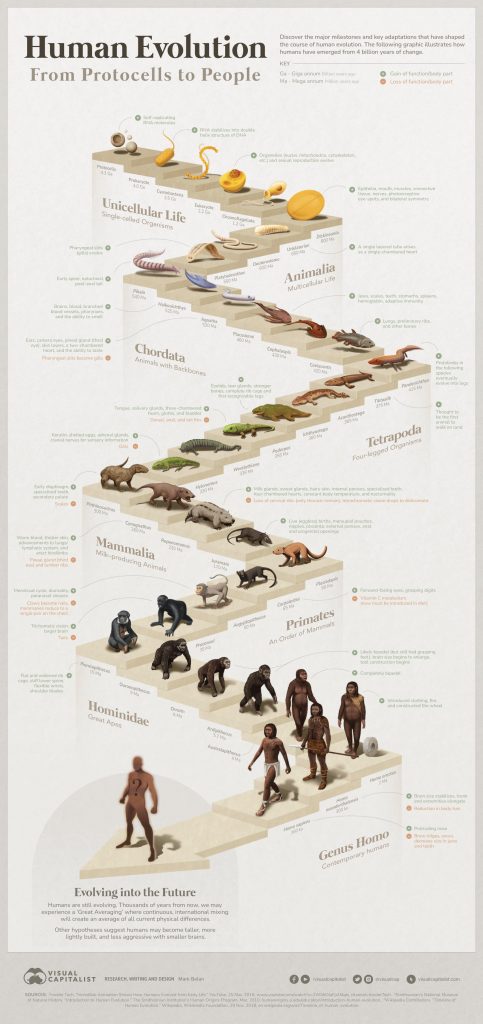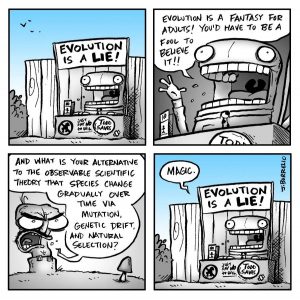Here’s a headline for you: H5N1 virus in latest human case has mutated, officials say. This is not a surprise. This is the lesson we are thoroughly familiar with in biology, that everything changes over time. Of course H5N1 is evolving.
Testing of the latest human case of bird flu has revealed a “notable” mutation in the virus, officials have said.
The case, which was identified this month in a dairy worker in Michigan, marks the second human infection linked to the multi-state H5N1 outbreak among US cattle.
Genomic sequencing has now found a change in the virus compared to an earlier infection in a dairy worker in Texas, raising concerns that the virus is evolving to better infect humans.
The slight change in the virus’s genetic makeup is “associated with viral adaptation to mammalian hosts,” the Centre for Disease Control said in a statement published on Friday.
Mutation and adaptation are inevitable. We ought to be teaching that with a heck of a lot more confidence, because some people don’t get it. Answers in Genesis is in the business of spreading doubt and confusion, and they have their own stupid opinions about bird flu.
However, many media outlets and health authorities have expressed the fear that the virus could “mutate” to a form which is capable of directly spreading among humans. The 1918–19 “Spanish flu” outbreak, which swept the world and killed more than 20 million people (more even than the just finished war, and than the Black Death in 14th century Europe), is believed to have possibly started in birds and spread to humans.
They are very fond of scare quotes.
Unfortunately, the words being used to describe the feared change in the virus, such as “mutate” and “evolve” carry with them all sorts of Darwinian baggage. This will become especially pointed if the dreaded change does eventuate. Viruses, like actual living things, do mutate (the term is properly applied) and change. The issue is, as always, not to be misled by the “psychological link” between such terms and the idea that pond scum has turned into pelicans, palm trees and politicians.
Eventually, even the ignorant turdlets at AiG are compelled to admit that organisms actually do mutate, and change, and adapt, they have to desperately insist that that does not mean that viruses will evolve into human beings. Yeah, we know. No one has predicted that they would. You can use as many quotes as you want, but you’re still forced to admit that life “mutates” and “adapts” and “evolves.”
Evolution is a real and ongoing process, and that’s why we should be concerned about H5N1.



